Affiliate links on Android Authority may earn us a commission. Learn more.
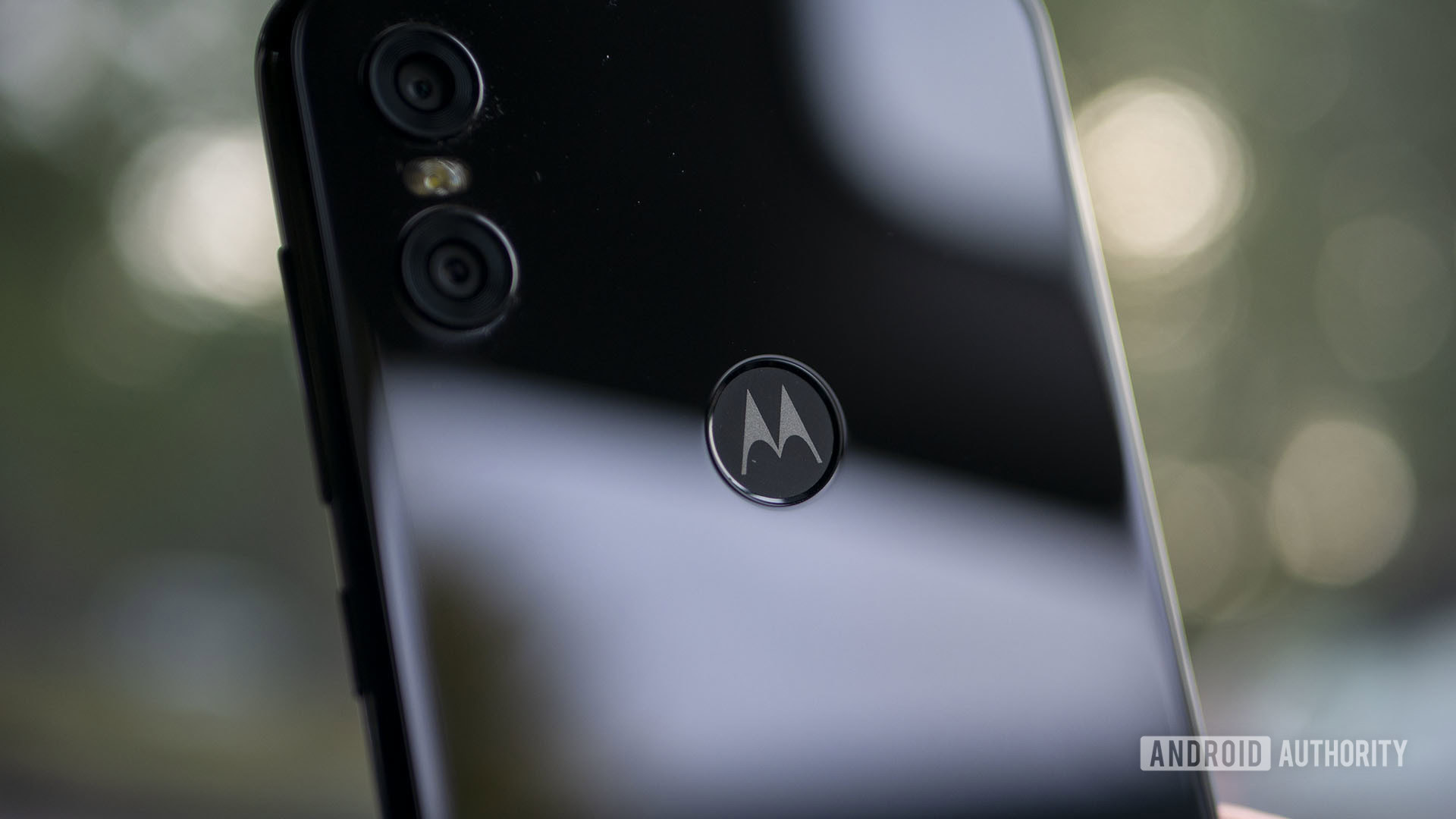
Motorola One review: Nice phone, but not the one for me
Published onDecember 24, 2018
Motorola One
What we like
What we don't like
Motorola One
Update – December 31 – The Motorola One is now available for sale in the US, and the phone has also been updated to Android 9 Pie in the US and other markets. We have updated the review to reflect this.
Original review – The Motorola One is Motorola’s new mid-range offering, positioned just above its G range but just below the Z series. It costs 269 pounds in the U.K., and $399.99 in the US, brings a set of fairly middling specs, a nice design, and importantly, Android One.
There are so many excellent mid-range Android devices around right now, so let’s take a closer look in this Motorola One review at whether this one brings anything new to the table.
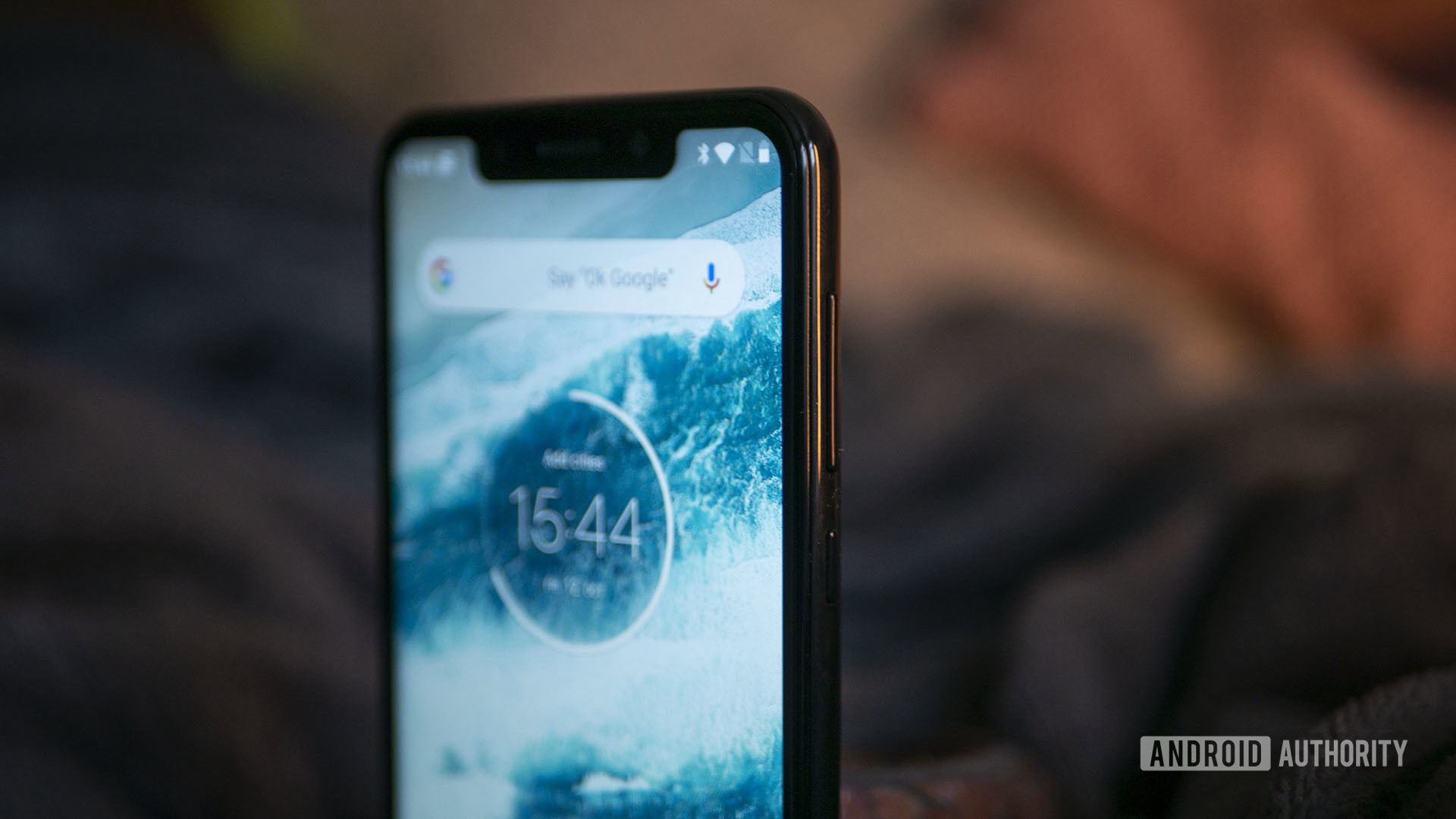
One great thing: the software
Let’s start with something positive. Android One brings a clean, stock-like Android experience, with guaranteed, rapid updates. This marriage of OS and service is partly what has helped make phones like the Nokia 7 Plus so popular.
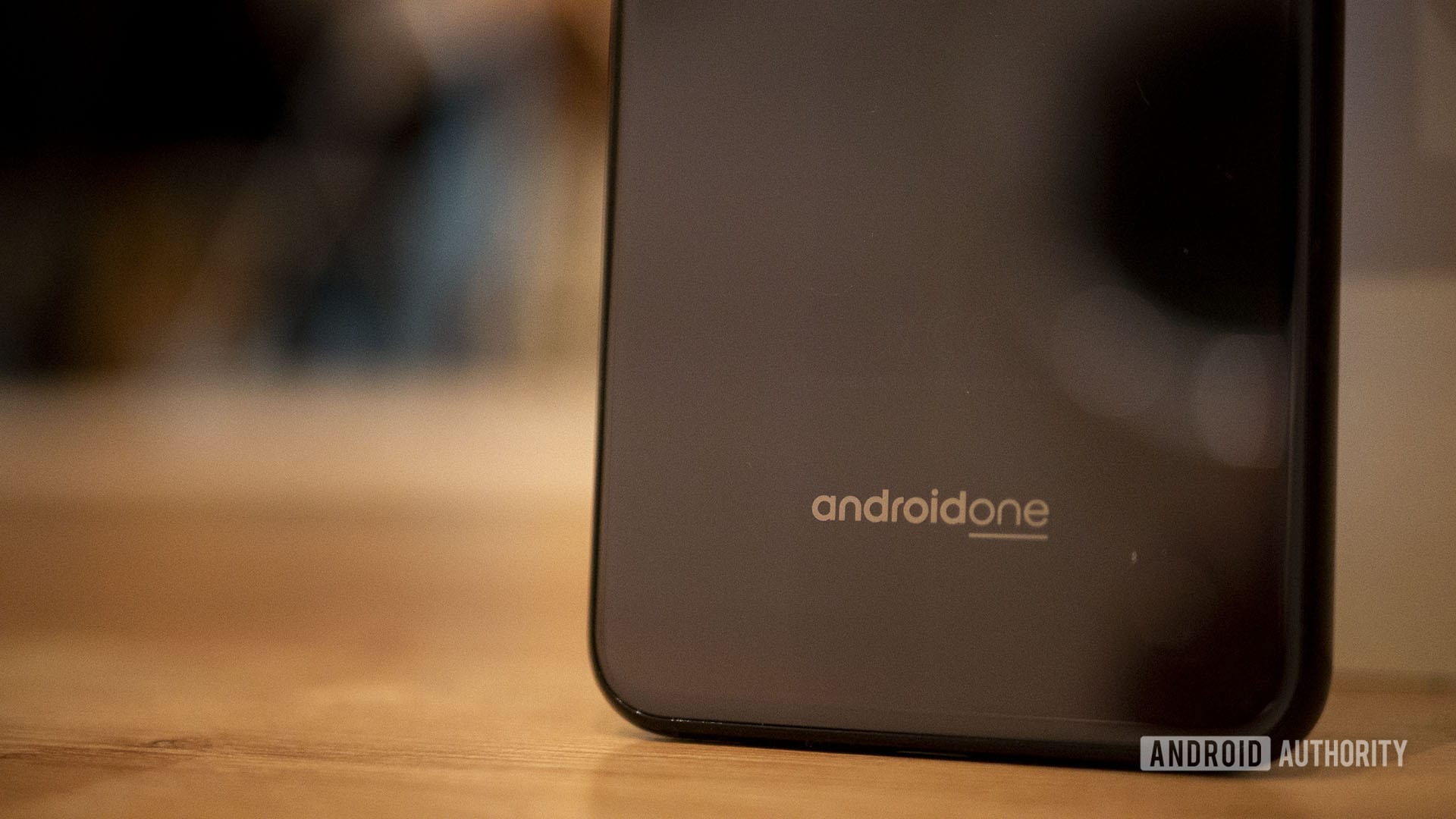
While there are always people in the comments section willing to defend the various Android skins and their merits, stock implementations of Android tend to run faster, especially on underpowered hardware. There’s less bloat and fewer “extras” running on top of the UI. Compare the performance of two identical hardware set-ups, and the stock version will generally perform better.
I’m surprised Android One hasn’t made its way onto more mid-range devices
Stock Android devices also get updates faster. OEMs need to make sure their customizations will still work with the new software. For Android One devices, it’s a simple matter of pushing the update to users.
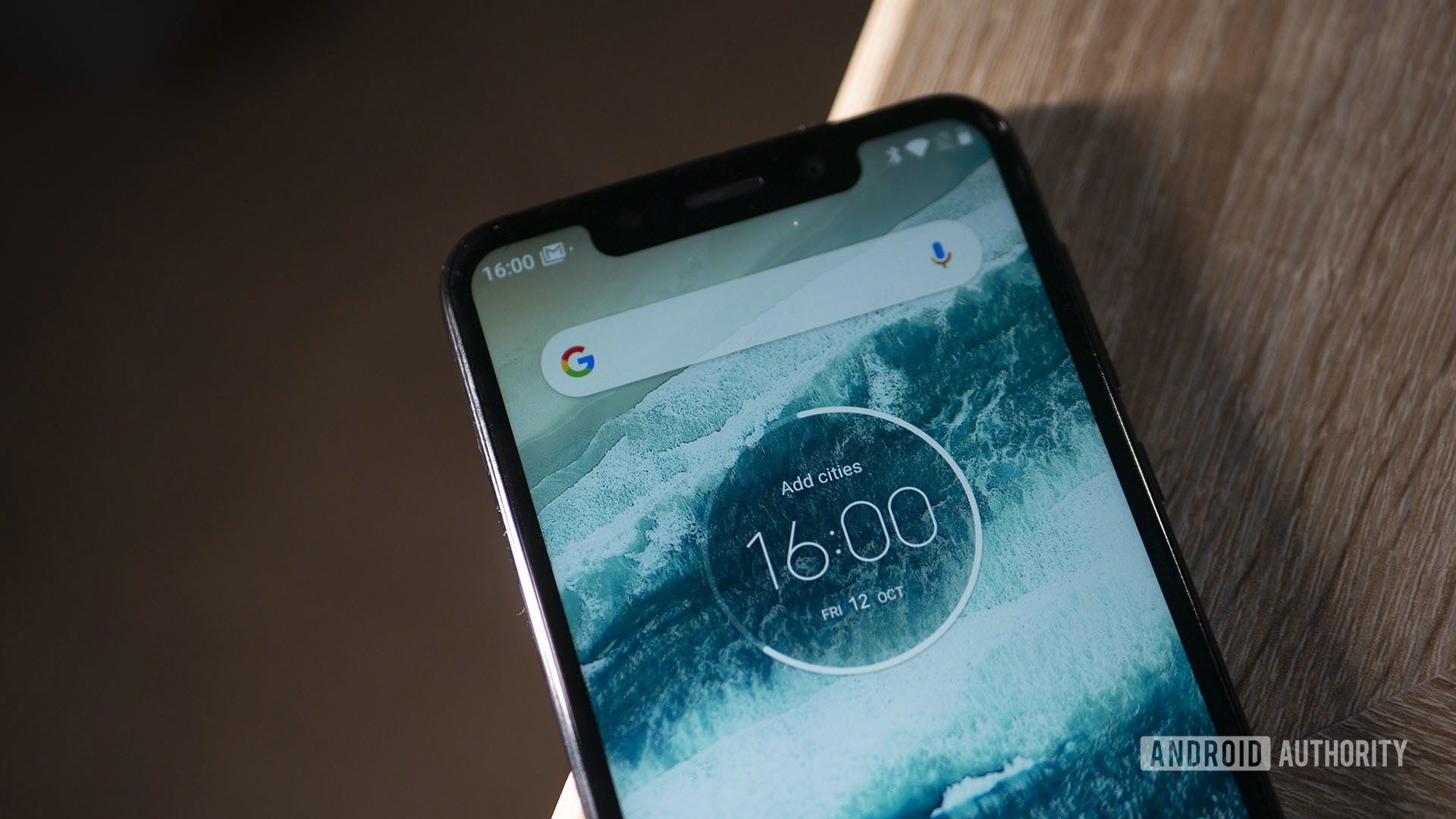
If you’re going to put a middling processor in your smartphone without a ton of RAM, it makes sense to lighten its load as much as possible and ensure it has the very latest version of Android running at all times. This is also typically cheaper for the OEM. There’s no downside — unless you really love a particular feature from EMUI, MIUI, or Color OS.
In this case, you get Android 8.1 out of the box, with monthly security updates and at least two platform updates guaranteed.
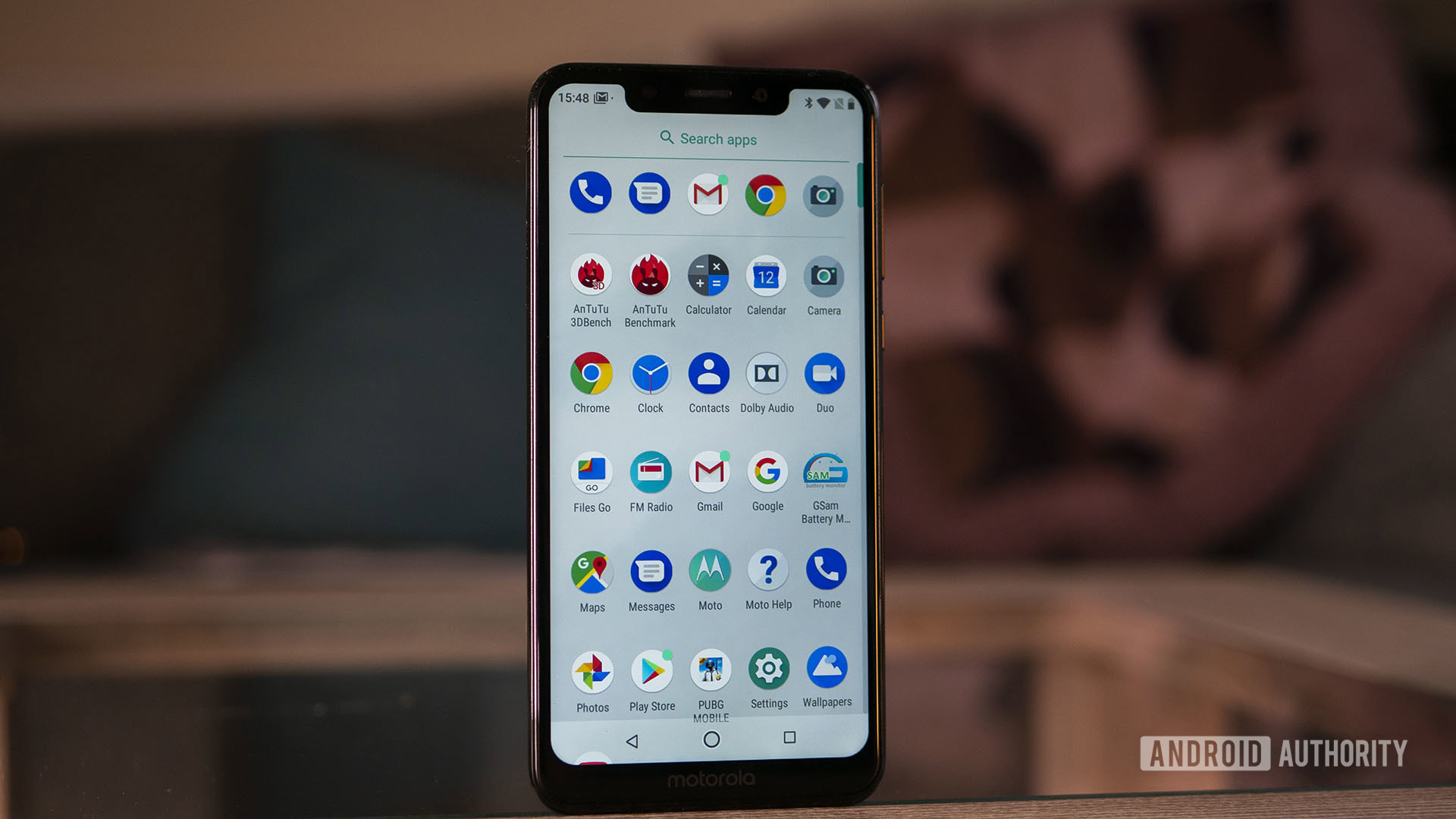
I’m very happy to see Android One here. I’m actually surprised it hasn’t made its way onto more devices in fact.
Moto actions let you trigger the torch with a double karate chop
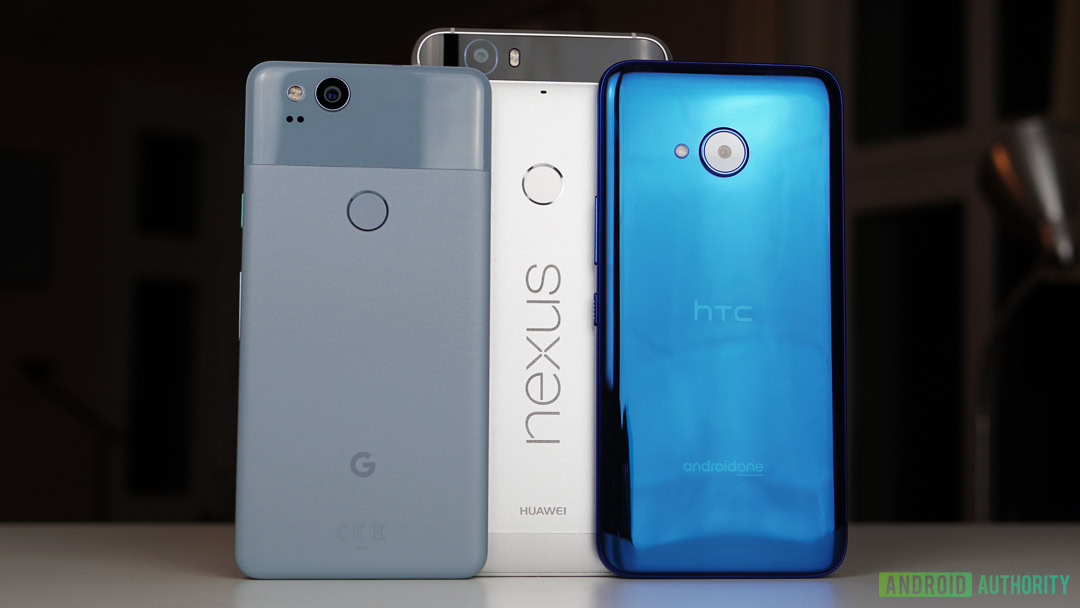
While this is pretty much stock Android, Moto added a couple of customizations to set it apart. One is the inclusion of “Moto Actions.” These are the same as those found on other Moto devices and let you trigger the flashlight with a double karate chop action for instance, or turn on the camera with a twist of the hand. This works really well and could occasionally come in handy, as long as you don’t end up slinging your device into the floor. As Bruce Lee would say, phones can’t fight back!
Specs and performance
This clean software experience helps performance on the Motorola One make it firmly into the “pretty good” category. It runs on a Snapdragon 625, which is a bit of a drop from the 660 you might find in similarly priced devices.
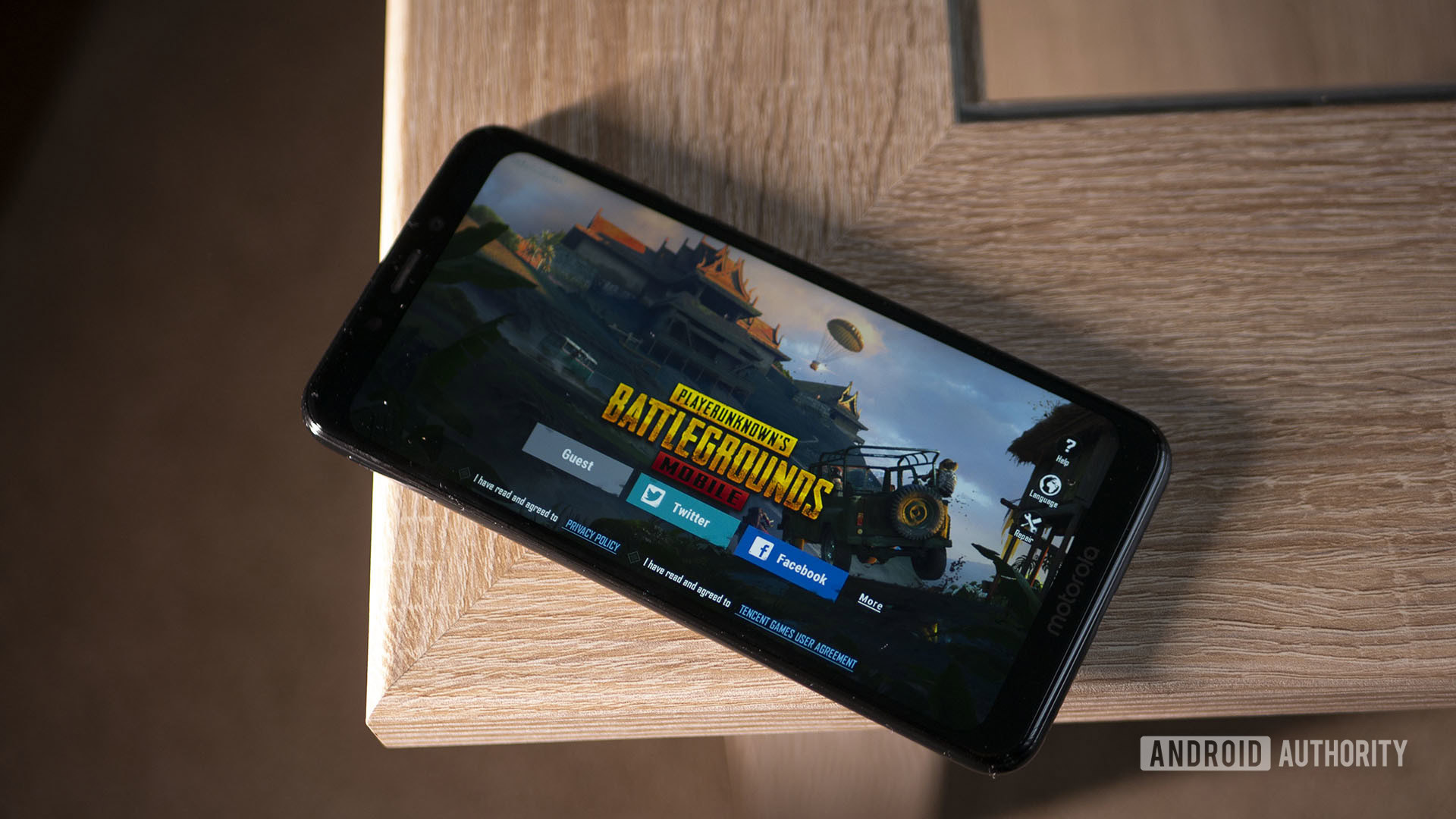
That’s backed up with a very standard 4GB of RAM, and 64GB of storage which is expandable by up to 256GB. You’ll also get unlimited photo storage from Google.
Benchmark scores aren’t fantastic here. In Antutu, it only managed to beat 20 percent of users. Remember, this isn’t all that much cheaper than a Pocophone F1 (I’m sure OEMs the world-over are cursing the name POCOphone) or the Kirin 970-sporting HONOR Play. The Snapdragon 625 is also inferior to the Helio P60 found in the significantly more affordable Nokia 5.1 Plus.
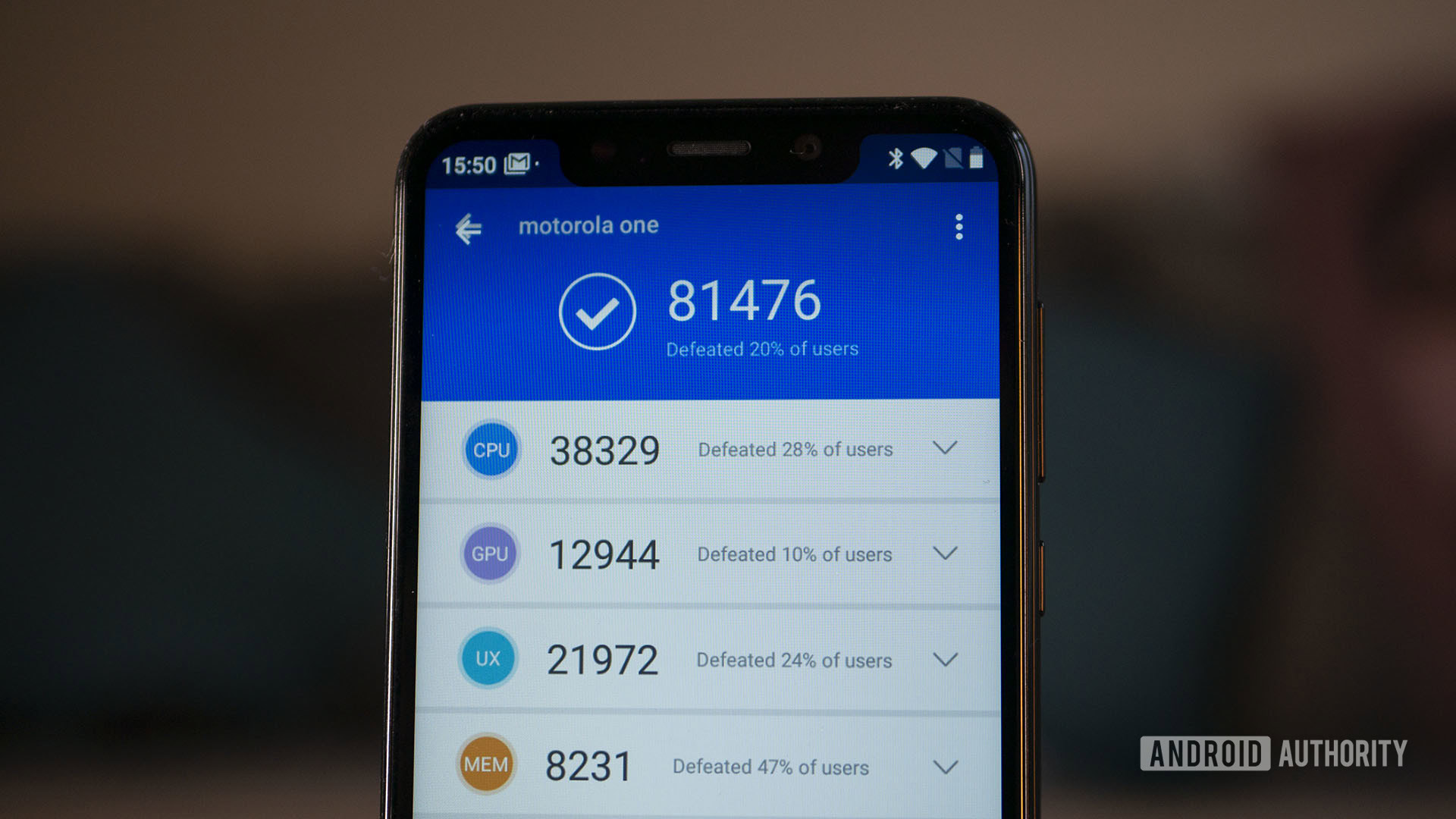
The hardware affects gaming pretty much as you would expect — I can’t download Asphalt 9 and PUBG is jittery even on lower settings (higher setting options are missing). It also takes forever to load – a good 15 seconds at least (it feels longer when you’re waiting).
Apart from games, it can handle most of what you’d throw at it. Navigating the UI is pretty smooth, though apps occasionally take a second or two to load and the keyboard doesn’t appear quite as instantly as on better hardware.
Even given its lower price, it’s still not great performance. It’s fine for everyday tasks, but not much beyond that.
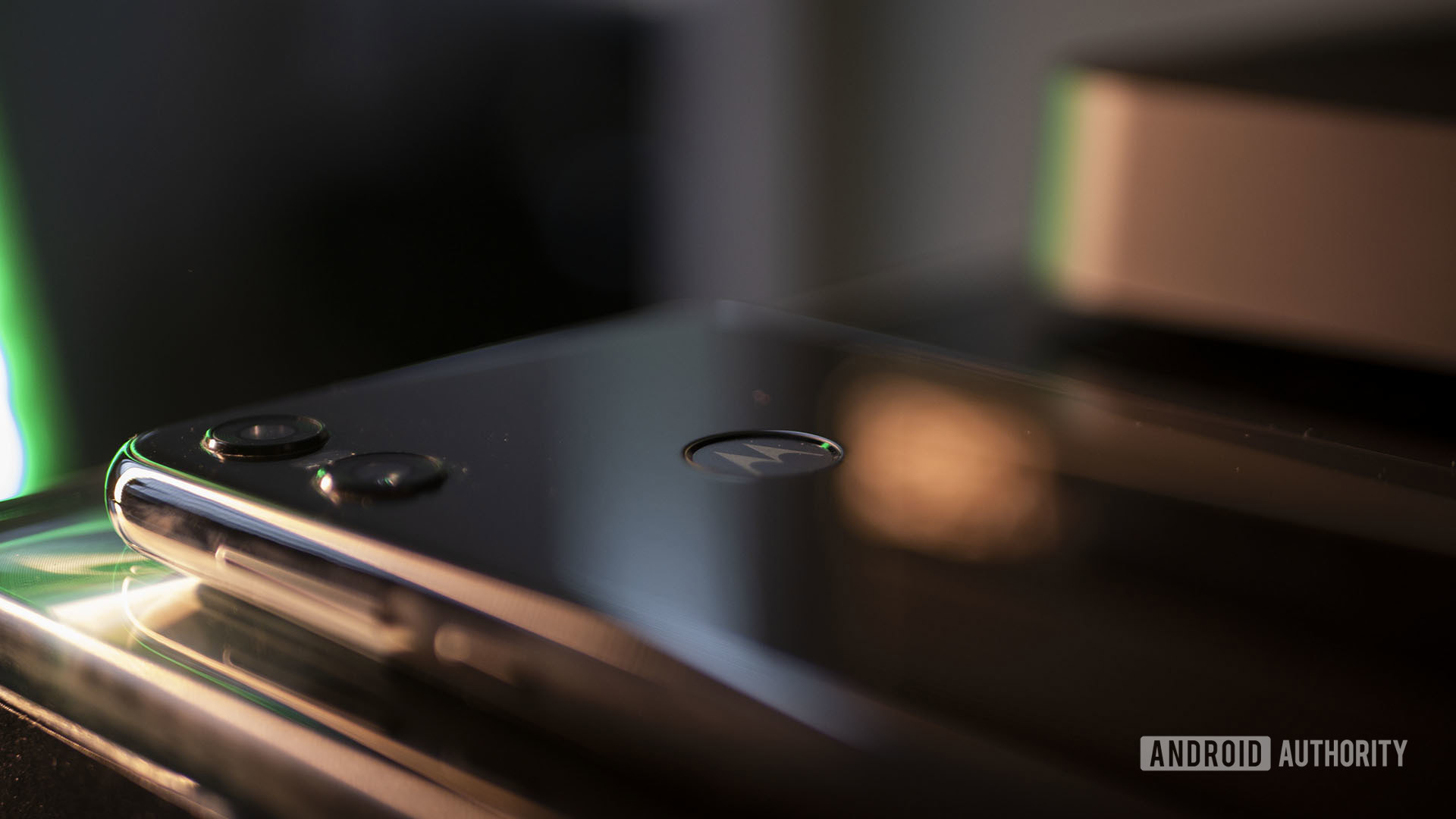
The phone’s 3,000mAh battery isn’t massive, but it should see you through a day. The TurboPower charging should let you top up 6 hours of battery in just 20 minutes.
The screen is a 5.9-inch IPS LCD with a 19:9 aspect ratio, a hefty notch, and an 85 percent screen-to-body ratio. Unfortunately, it’s only a 720p screen, further hammering home that this isn’t a gaming phone. There’s a single mic at the bottom of the phone. It’s easy to cover up with a finger and only passable in terms of performance and audio quality. This isn’t a media consumption device.
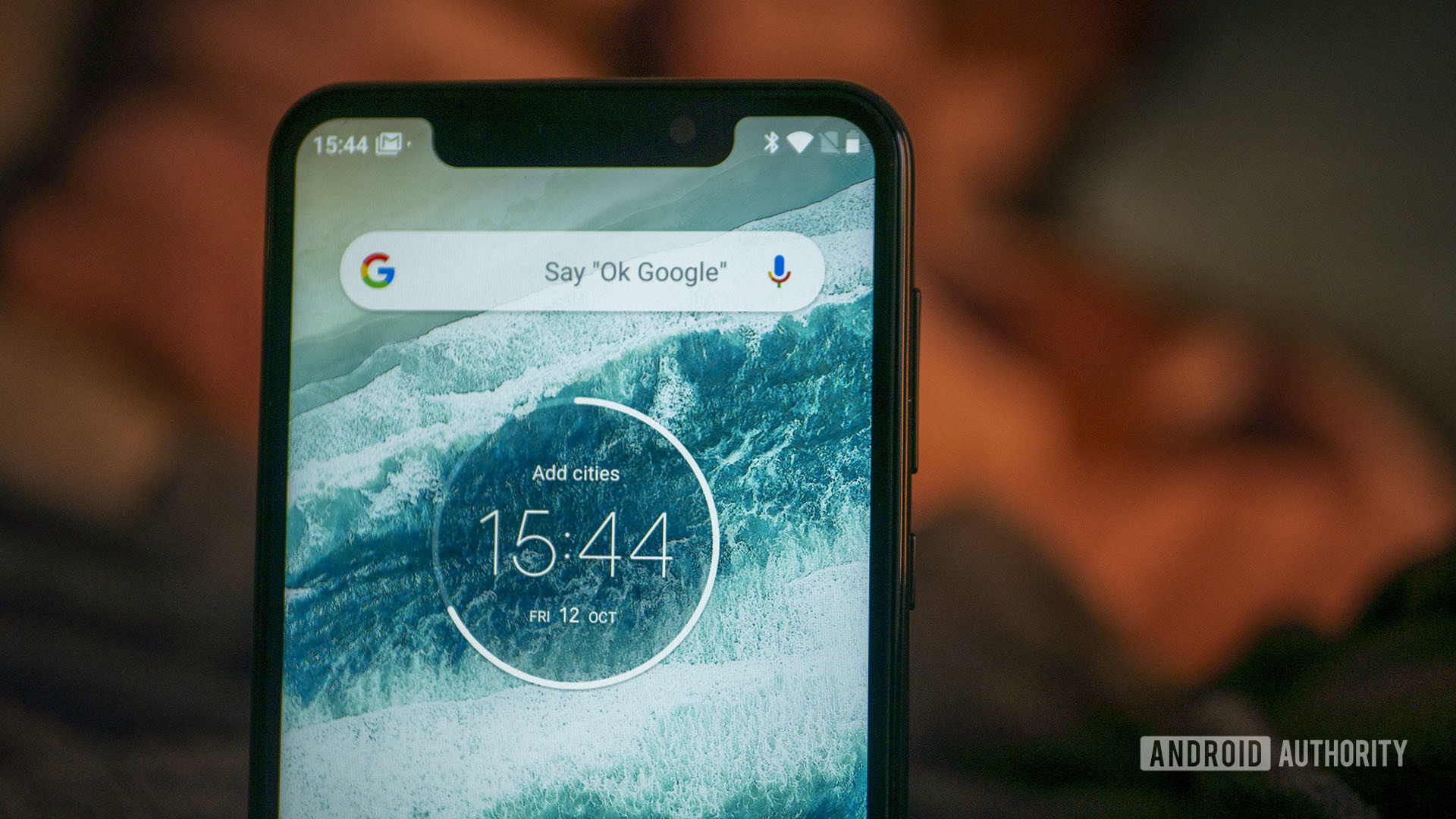
Design and features
The actual design of the Motorola One is pretty nice. It’s glass-backed, which is unusual for the price point, with an attractive black glossy finish, vertical camera arrangement, and indented Motorola logo. It’s pretty slim, very light, and comfortable to hold and use — it actually feels a fair bit smaller than the large screen size might lead you to believe.
The Motorola logo is also a fingerprint sensor. It’s located just where I like and works very quickly.
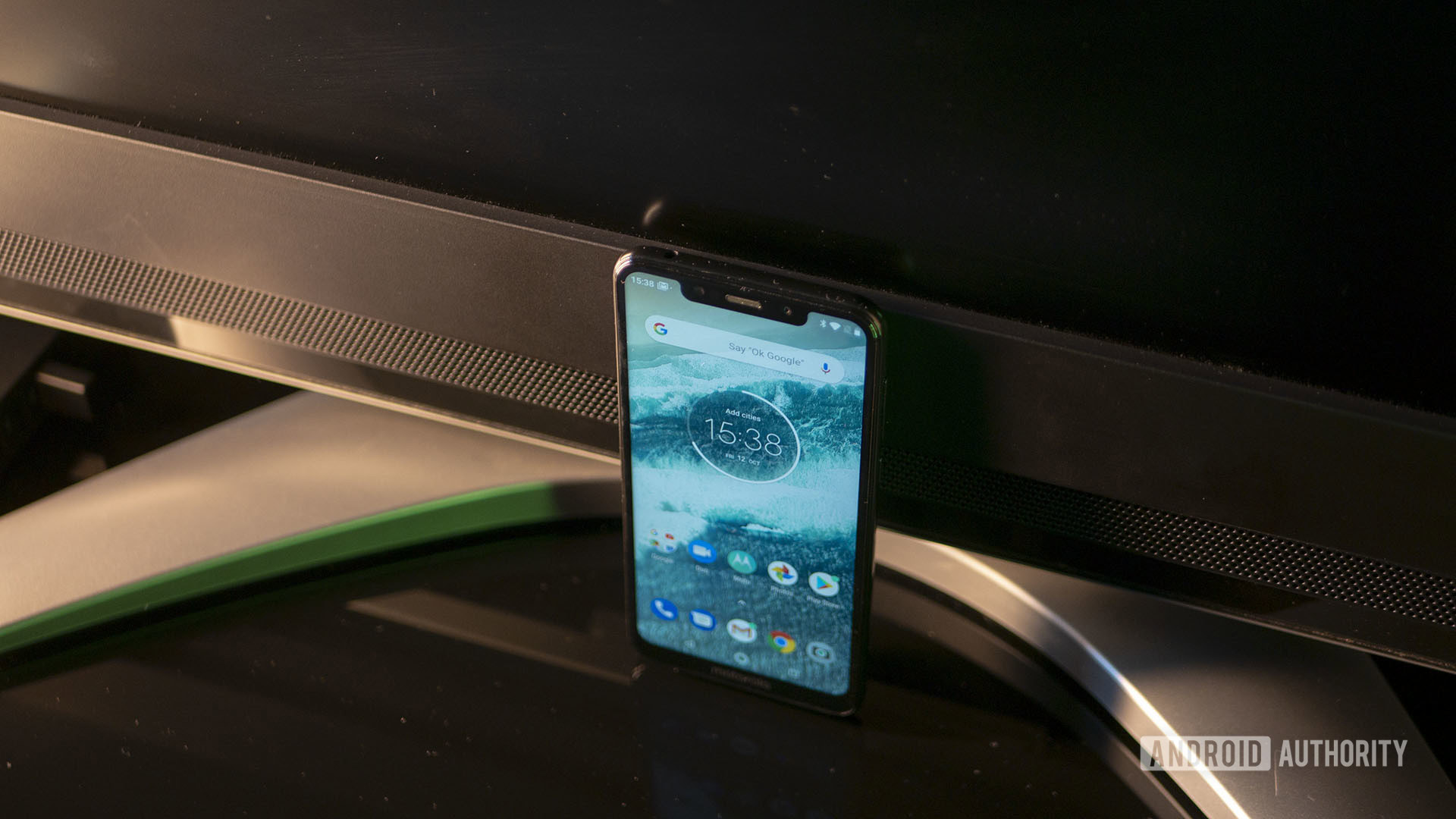
Speaking of welcome features, there’s also a headphone jack, NFC, and dual SIM. The dual SIM uses “smart learning” to anticipate which SIM card you’ll want to use, based on the time of day and your historical usage. USB Type-C is also here, which isn’t always a given.
There’s no IP rating, which makes sense at this price, though it is splash resistant.
Camera
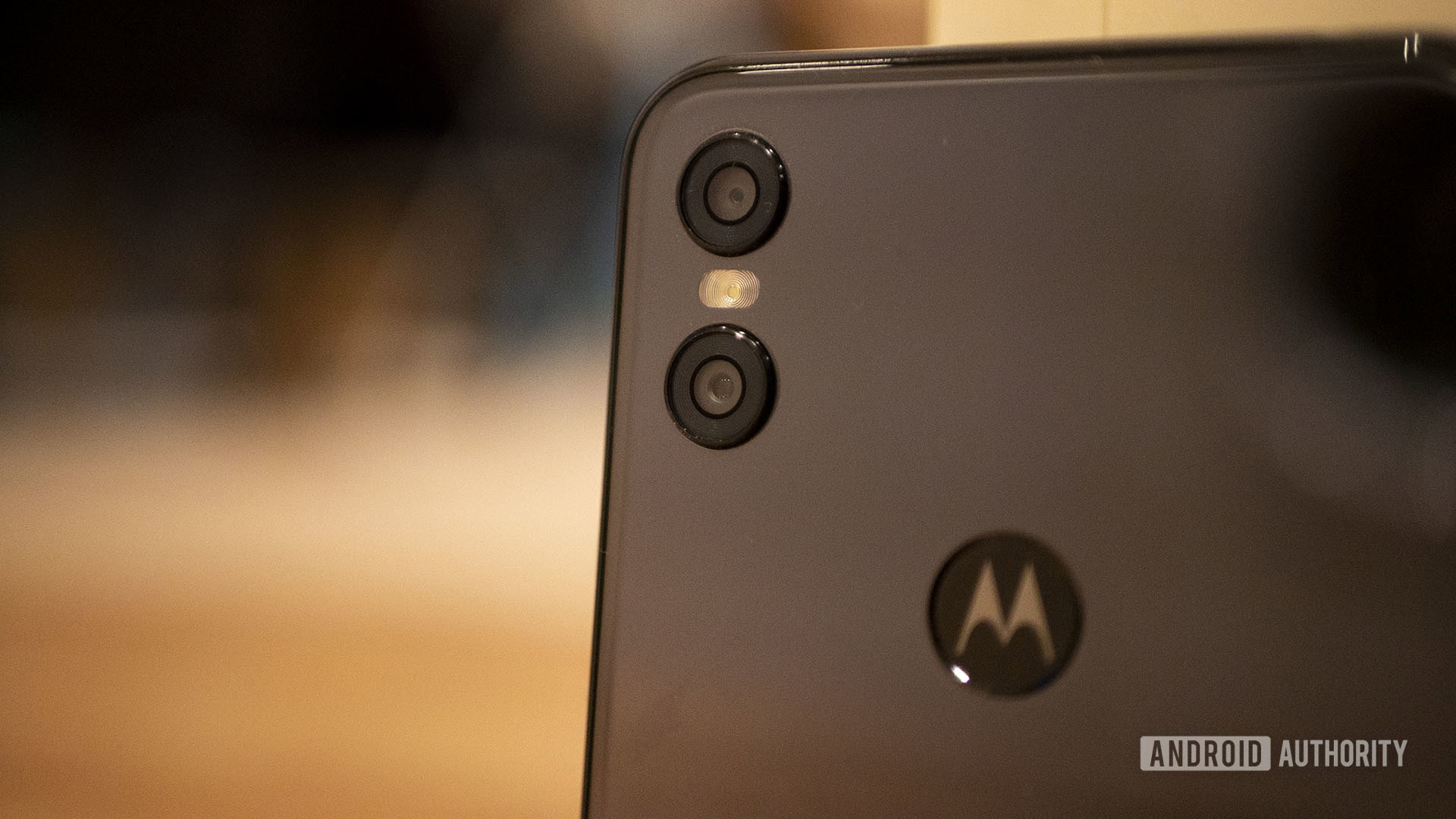
The rear camera here is a 13MP f/2.0 lens backed up by a 2MP depth sensor. The depth sensor allows for portrait mode shots. Unfortunately the aperture is a little too narrow to pull it off sometimes, but autofocus works well.
The front facing camera is 8MP and has pretty much average performance.

Motorola used its own camera app instead of the stock Android one, bringing some quite interesting features. The color picker tool which lets you turn an image entirely monochrome apart from one color, Sin City style. The cinemagraph effect lets you create a photo with one moving element.
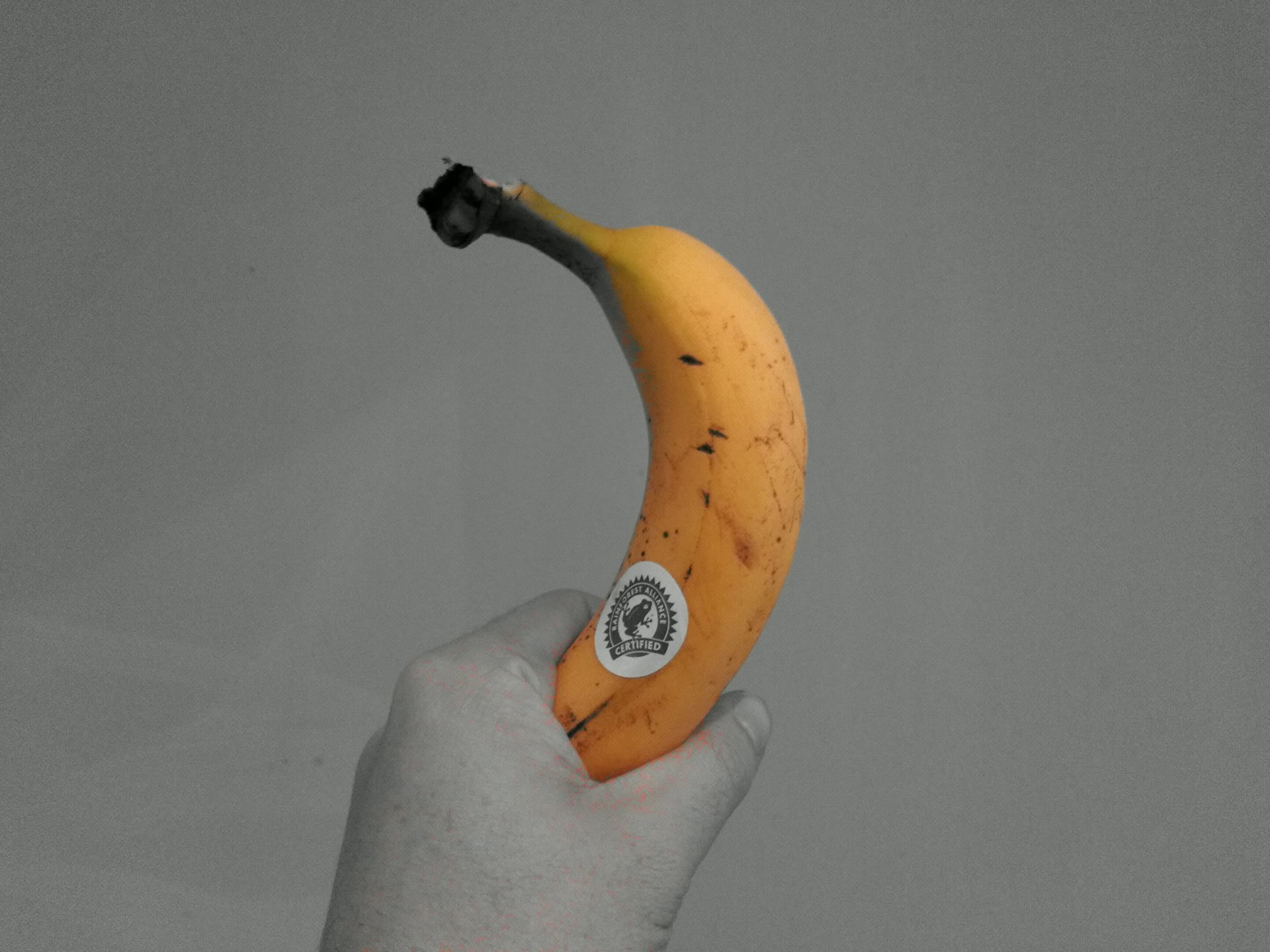
You might have a scene of someone pouring a cup of tea while everyone is frozen around them for instance, or a waterfall that continues to fall even though everything else is static.
These are neat effects, but I couldn’t always get them to work. If you want more camera features, you can download the G6 camera app from the Play Store, and gain access to the full suit of Moto Actions this way if you so wish.
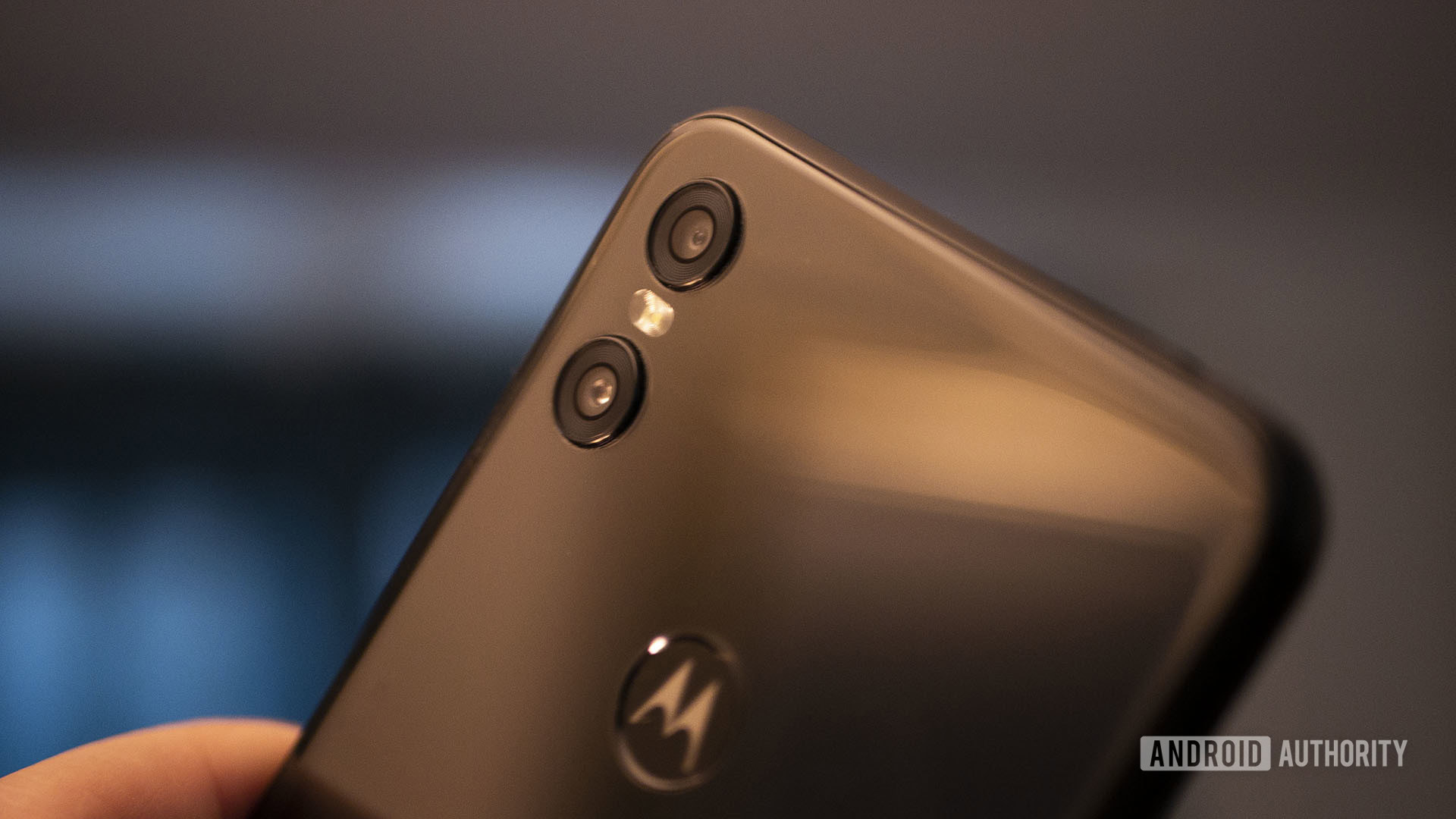
You can predictably expect a pretty average everyday photography performance here. Images often come out over-exposed in places. Detail is occasionally lacking when you zoom in. Some blurriness creeps in thanks to the lack of optical stabilization (don’t try walking and shooting). Low-light isn’t great. The portrait mode is far from the best implementation. However, it’s not totally awful.
If you’re just using it for everyday snaps, you’ll be fine. Occasionally it will even produce something nice. I always like having things to play around with too. This isn’t the best in class, or its own price bracket. It’s a bit of a disappointment. You can find more samples here.
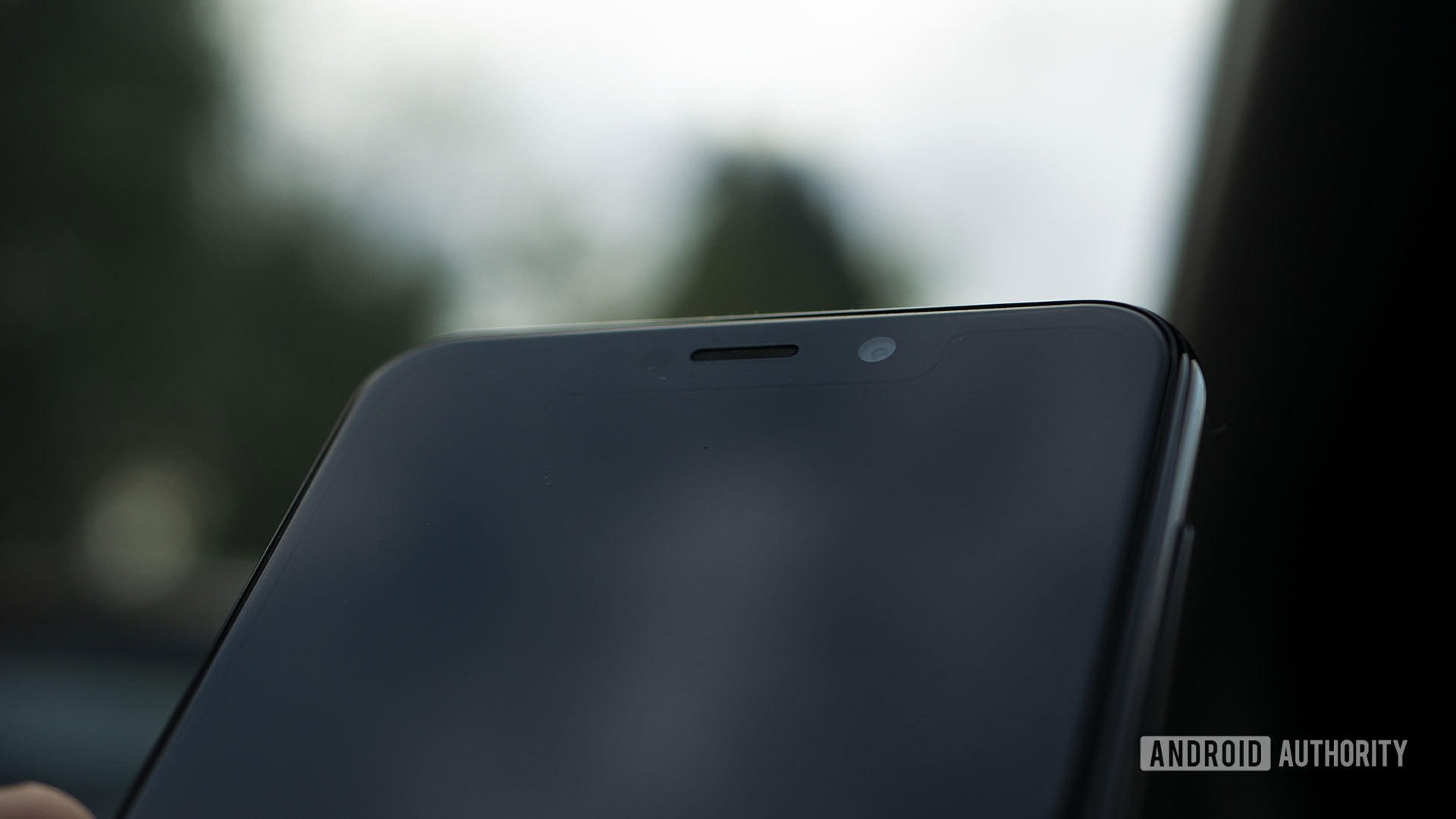
The camera also has Google Lens built in, which will allow you to do things like finding out where to buy things you see in the world. It’s neat and works a lot better than Bixby, but of course this is not the only place where you will find the app!
Closing comments
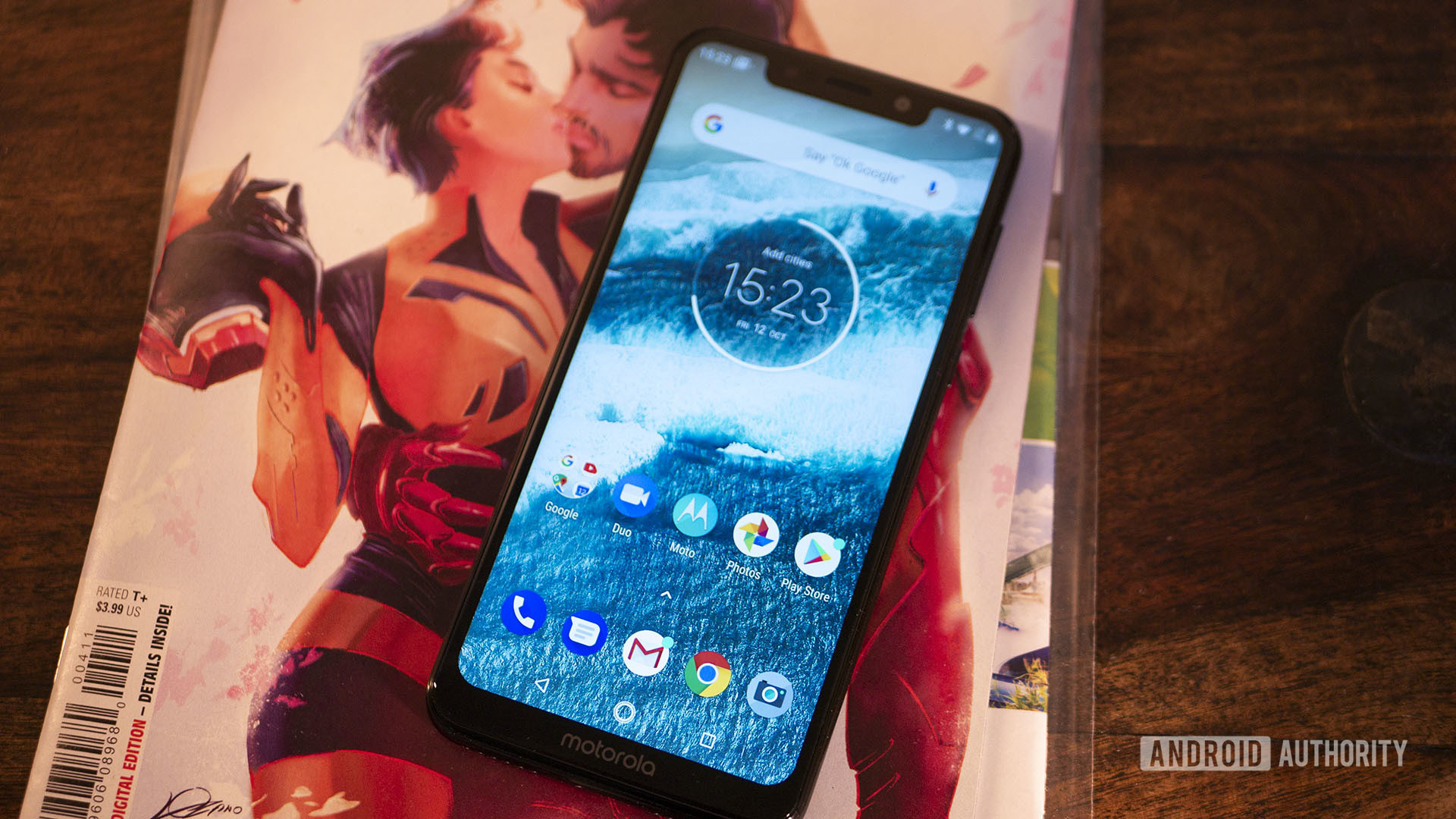
So, is the Motorola One competitive at this price range?
Eh.
This is a nice phone. I really like using it thanks to the Android One implementation, the thoughtful additional features, some fun camera choices, and a tidy design.
However, it’s a little underpowered for the price. The screen and mic combo mean it isn’t much fun for consuming media either. While I didn’t mind using it during my review period, I could fall back on my Note 9 for watching YouTube or gaming when needed.
Unfortunately then, it just can’t really compete in terms of value with the likes of the Nokia 7 Plus (which is only about 40 pounds (~$52) more expensive) or the HONOR Play (which is 10 pounds (~$13) more). Both have similar middle-of-the-road cameras and equally strong designs, as well as significantly more horsepower and much better screens.
The experience is good — it’s not really Moto’s fault we’ve seen such a massive leap in what we can expect at this price range.
If you really love Android One and you don’t care about gaming or watching Netflix on your device, you’ll probably have a good time here. Just maybe wait for the price to come down a bit first.